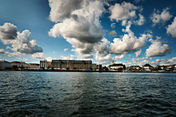
A Street Photographer’s Guide to Copenhagen
Paris is a city that refuses to be captured in a single image. Sometimes, you have to discover it on foot — step by step, square by square, surprise after surprise. And that’s exactly what I did during a sunny walk that started at Gare du Nord and took me past iconic spots and hidden gems.
Three days, one camera, and a city full of stories
Copenhagen. Just the word evokes images of colorful facades, ringing bike bells, and the scent of freshly baked cinnamon buns. For a street photographer like me, the Danish capital is a visual playground: full of contrasts, quiet beauty, and unexpected moments. In this article, I’ll take you along on my three-day photographic journey through Copenhagen — with tips, fun facts, and images that tell a story.
 |
|---|
 |
 |
 |
 |
 |
Sunrise at Nyhavn: colors that awaken the city
My first morning began early, with soft morning light gliding across the harbor of Nyhavn. The iconic, brightly colored houses reflected in the still water, while the city seemed to sleep. For a photographer who loves symmetry and reflection in urban photography, this was pure magic.
📸 Photo tip: Arrive before 7 a.m. The sun is low, the light is soft, and you’ll have the place (almost) to yourself. Perfect for peaceful long-exposure shots without distractions.
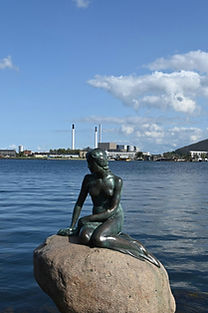

💡 Did you know? Nyhavn was built in the 17th century as a trade and shipping canal. Today it's Copenhagen’s most Instagrammed spot, but with the right eye, you can still capture its rich history. I lingered for hours. The blend of soft morning hues, boats slowly awakening, and the aroma of freshly brewed coffee from a nearby kiosk made it hard to walk away.
Discovering the city from the water: a different perspective
Copenhagen isn’t just a city to explore on foot — it’s made for the water. I took a canal tour and saw the city from a whole new angle: old and new side by side, bridges lined with chained-up bikes, hidden patios, and playful reflections.
📍 Street photography in Copenhagen is most compelling at the intersection of water and city. You feel how the city lives with the water — in its architecture, its people, its calming atmosphere.
📸 Photo idea: Use burst mode when passing under low bridges. You’ll capture foreground, reflection, and structure all in one dynamic shot.
 |  |  |
|---|---|---|
 |  |  |
 |  |  |
 |  |  |
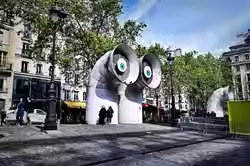 |  |  |
 |  |  |
 |  |  |
 |  |
Hidden gem: The Library Garden
Among all the famous spots, I found a peaceful haven that few seem to know: the Library Garden (Det Kongelige Biblioteks Have). Surrounded by roses and fountains, you suddenly find yourself in an oasis of calm in the city center. I captured candid portraits of students reading and locals strolling by — pure and untouched.
💡 Did you know? This garden lies between the old and new national library buildings — a perfect symbol of how history and modernity coexist in Copenhagen.
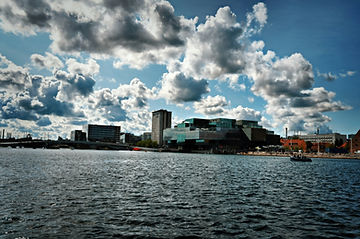
 |
|---|
 |
 |
 |
 |
 |
 |
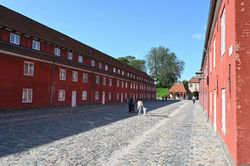 |
 |
 |
 |
 |
 |
 |
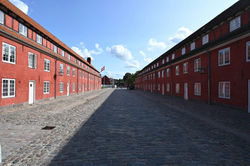 |
 |  |
|---|---|
 |  |
 |  |
 | 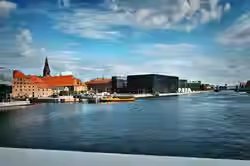 |
 |  |
 |  |
Christianshavn: bricks, boats, and freedom
On my second day, I ventured into Christianshavn, a neighborhood where stately houses, quirky houseboats, and charming bridges converge. The sunlight danced on the water, and the vibe was one of relaxed creativity. The district has a sense of organized anarchy — especially when you explore Freetown Christiania, filled with murals, street art, and its own rules.
📸 Photo tip: Focus on details — weathered doorways, crooked stair rails, plants on floating pontoons. These are the elements that make your visual story unique.
One highlight was climbing to the top of Our Saviour’s Church. Not for the faint-hearted: the winding staircase spirals up the outside. But the view? Absolutely worth it. Copenhagen’s skyline unfolds in every direction — ready for a panoramic shot.
Street life and atmosphere: markets, squares, and encounters After Christianshavn, I wandered over to Torvehallerne, a modern covered market where locals grab lunch, sip coffee, or pick up fresh flowers. I captured spontaneous moments: a mother with her child, an elderly man reading a paper, a barista pouring cappuccino with flair. 💡 Did you know? The Danes invented the concept of ‘hygge’ — a cozy, contented atmosphere you can almost feel in their markets, cafés, and parks. 🍴 Food tip: Try a ‘smørrebrød’ — an open-faced sandwich topped with herring or egg salad. It’s as photogenic as it is delicious.

Royal splendor and minimalist design
My final day began in the gardens of Rosenborg Castle. Morning dew still glistened on the grass, and joggers moved quietly past statues and flower beds. The castle’s architecture is enchanting — ideal for those who love historic composition in photography.
📸 Black and white photography works wonders here. It enhances the timelessness, especially when playing with shadows and sunlight on the stone walls.
In the afternoon, I visited the Designmuseum Denmark. With light wood, white concrete, and Nordic aesthetics, it’s a dream for shooting abstract images, textures, and minimalist lines.
 |  |  |
|---|---|---|
 |  |  |
 |  | 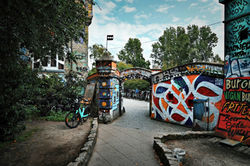 |
 |  | 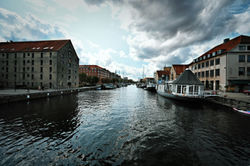 |
Extra photography tips for Copenhagen
-
Bring a lightweight tripod: great for evening shots by the water
-
Alternate between wide-angle (for architecture) and 50mm (for portraits)
-
Use the metro: modern, clean, and perfect for getting around quickly
-
Watch for weather shifts: clouds can dramatically transform your shot
Photogenic food & drinks in the city
Copenhagen isn’t just photogenic in its architecture — its cafés and food spots are equally camera-ready. Think Scandinavian design coffee bars, bakeries with glass cases full of cinnamon rolls, and Nordic cuisine plated like art.
🍽️ My recommendations:
-
Democratic Coffee (arguably the best croissants in town)
-
Atelier September (white, bright interiors and stunning dishes)
-
Reffen Street Food Market for colorful stalls and waterside ambiance
 |  |  |
|---|---|---|
 |  |  |
 |  |  |
 |  |
Frequently Asked Questions (FAQ)
When is the best time to photograph Copenhagen?
Spring and autumn offer the softest light and most beautiful colors. But even a misty winter day can produce moody, magical shots.
Is Copenhagen safe for street photography?
Yes — it’s one of Europe’s safest cities. Most people are friendly or indifferent if you photograph them discreetly.
Do I need a permit to take photos?
Not for street photography. For commercial portrait use, it’s always best to get consent from your subject.
What lesser-known photo spots are worth visiting?
-
Superkilen Park (bold colors and urban energy)
-
Assistens Cemetery (peaceful, and H.C. Andersen is buried here)
-
Islands Brygge at sunset
 |  |  |
|---|---|---|
 |  |  |
 |  |  |
 |  |  |
 | 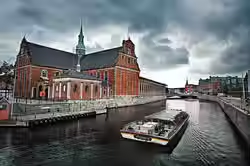 |  |
 |  |  |
 |  |  |
 |  |  |
 |  |  |
 |  |  |
 |  |  |
 |  |  |
 |  |  |
 |  |  |
 |  | 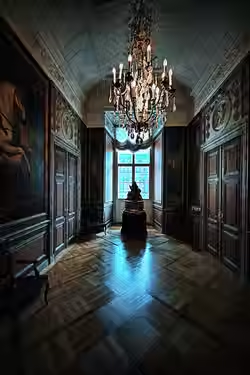 |
 |  |  |

Be the first to know
Subscribe to our newsletter to receive news and updates.
